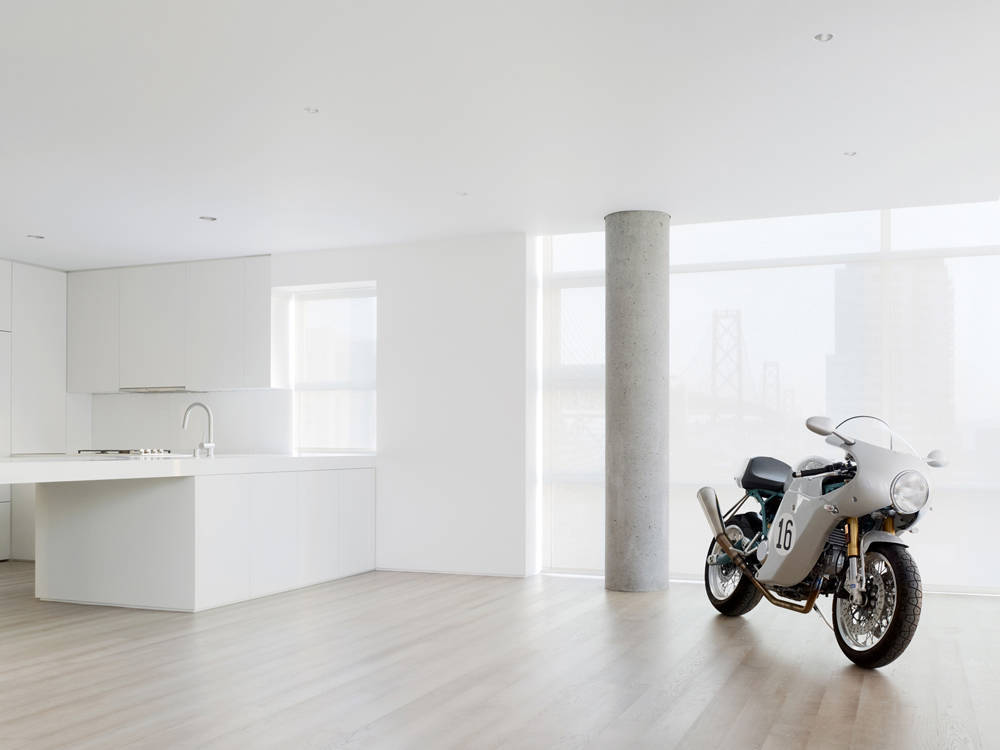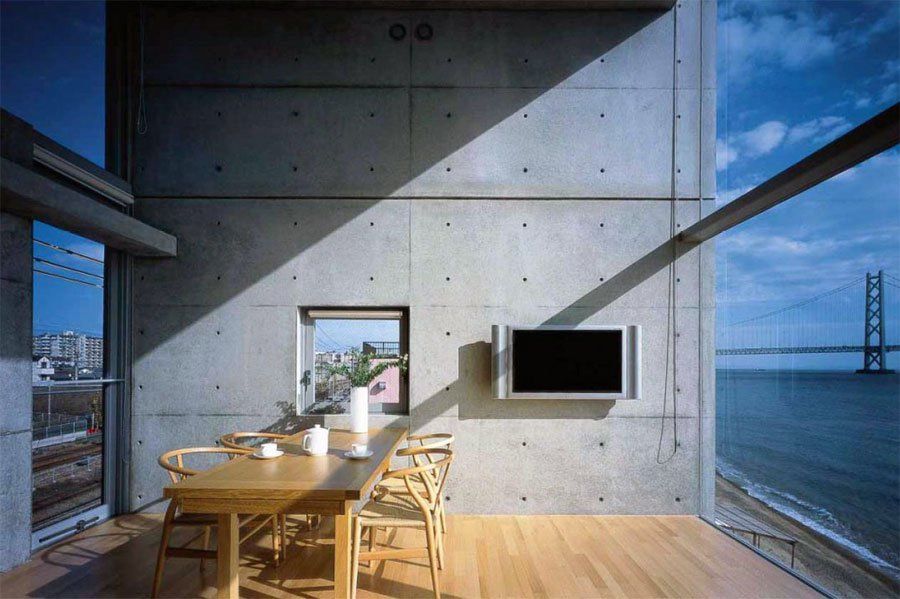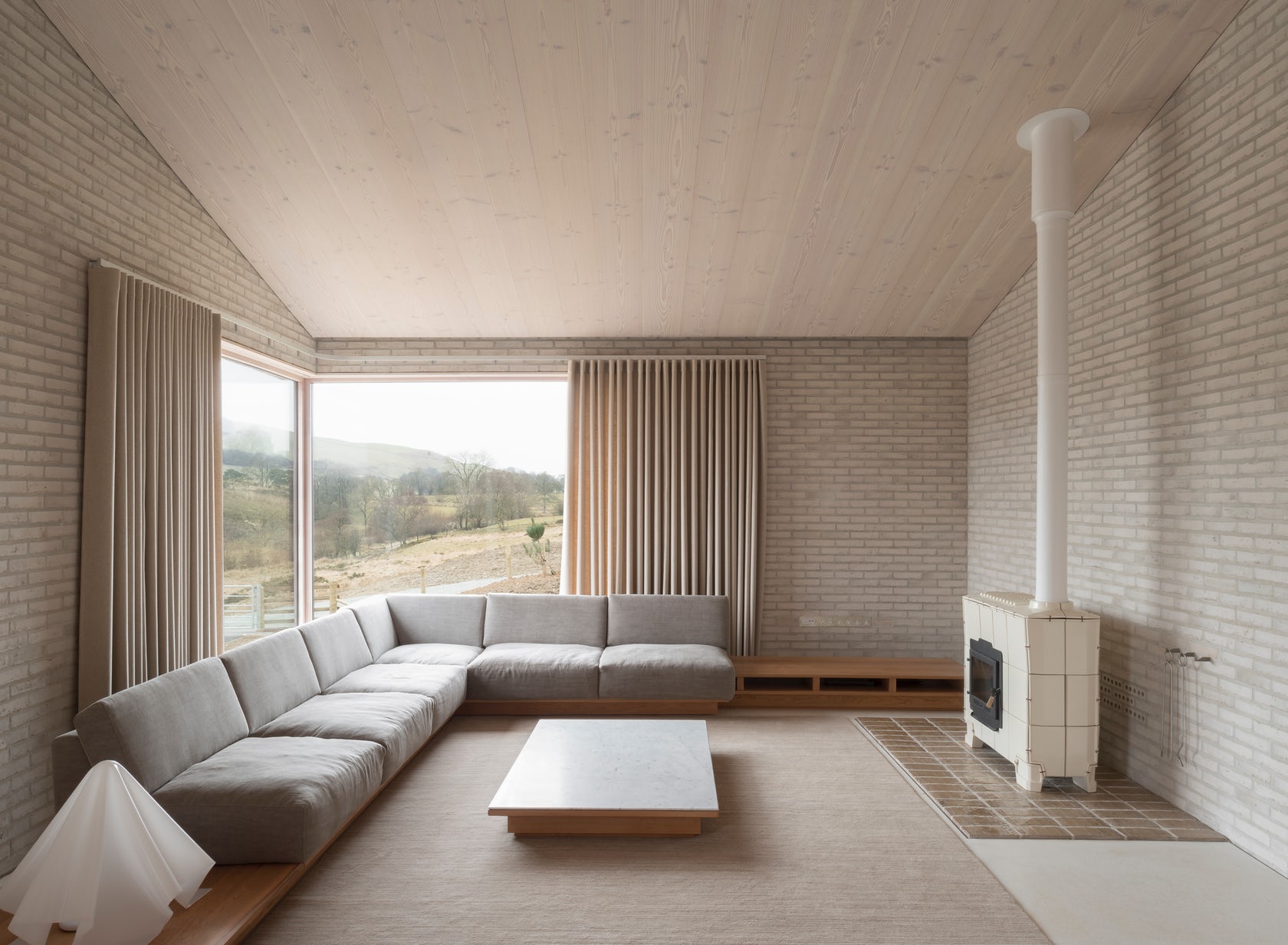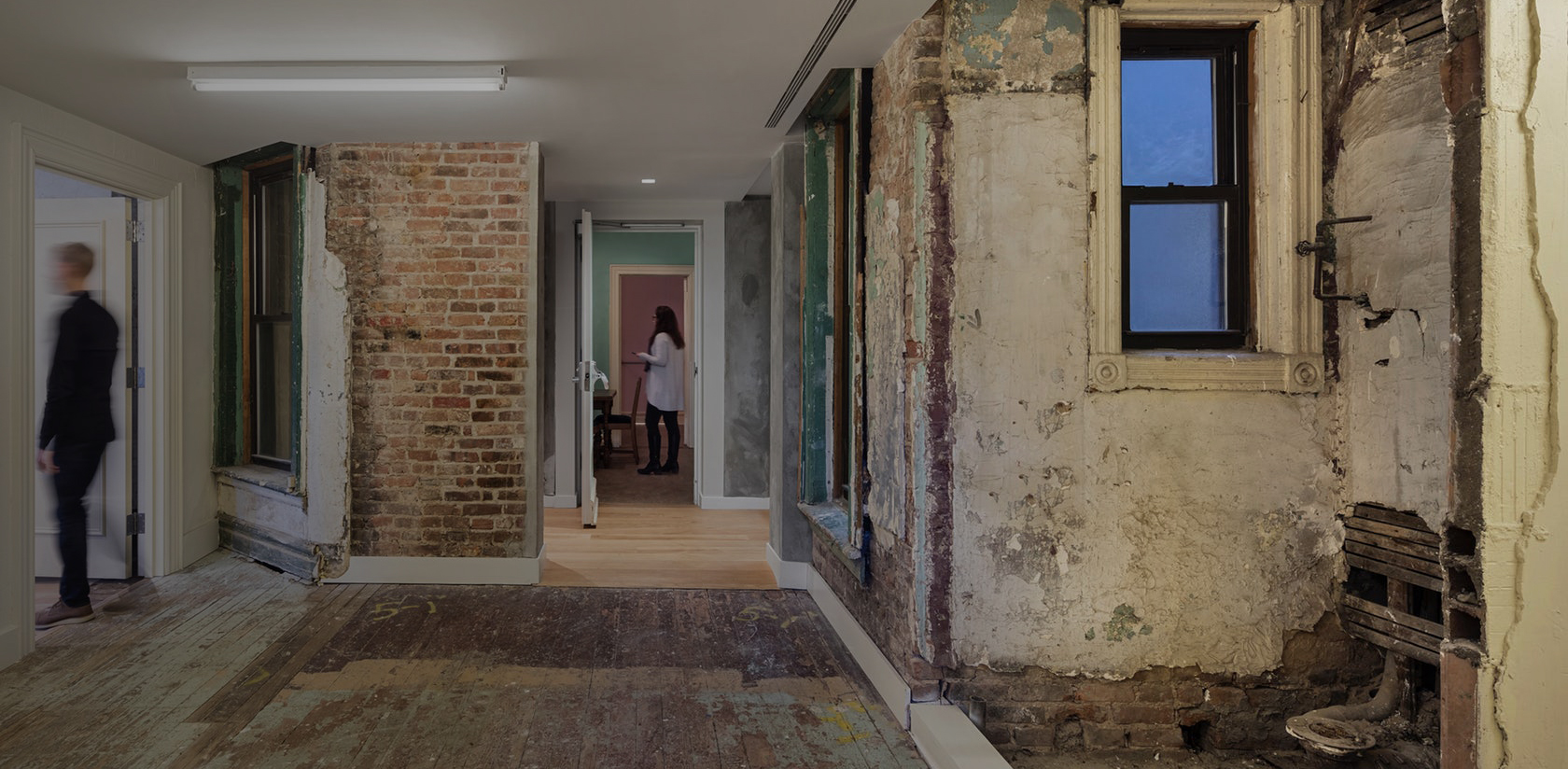Architects: Showcase your projects and find the perfect materials for your next project through Architizer. Manufacturers: To connect with the world’s largest architecture firms, sign up now.
Architectural Digest recently published an op-ed entitled “Why Minimalism Is BS“, lamenting the rising trend of Minimalism. Writer Jennifer McCartney warned people of the perils of joining the “Marie Kondo cult”, referring to the tremendously popular Netflix show in which organizing consultant and author Kondo teaches people “the Japanese Art of Decluttering.” McCartney’s entertainingly terse take-down of tidiness makes many well-founded points — she reminds us that “some of the world’s most respected artists and thinkers are notoriously messy,” and that mess can be the sign of “a fertile, creative environment.” There must be a conspiracy at play, she argues: “We’re born messy, we die messy, and somewhere in between we get bullied into believing that we should be neat and organized.”
Here’s the thing though. Jennifer McCartney is biassed. She is the author of the best selling book “The Joy of Leaving Your Sh*t All Over the Place“, an advocate for clutter and all things disorderly.
Here’s the second thing: I’m biassed too. I’m the Content Director at Architizer, home to the world’s most beautiful Minimalist apartments, sleek office spaces and charmingly empty abodes. I love nothingness. My favorite architect is Tadao Ando, for goodness’ sake.
That said, I know I’m not alone — thousands upon thousands of people come to Architizer every day, specifically in search of Minimalist interiors to inspire and uplift them. We’re not bullying anyone into thinking this is what their own environments should look like, but there is an aspirational quality to these images that is undeniable. Ostensibly, they portray a Minimalist aesthetic, but possess underlying connotations of cleanliness, neatness and order — the type Kondo digs, and McCartney clearly doesn’t. The question is — why is this aesthetic and its associated lifestyle so compelling? Here are my three reasons why Minimalism is not, in fact, BS:

“If she can’t lean against the concrete pole and eat oshizushi off the bike seat, she’s not minimalist enough.” via Unhappy Hipsters
Mess Causes Stress
Why are the Minimalist interiors on Architizer viewed with such fondness by so many? It can be hard to understand, with some of our users commenting that they find the spaces too stark, too sterile, or just plain dull. I get it — you only have to look at the sparse environs of Unhappy Hipsters to see how sad nothingness can seem.
However, it’s crucial to look at the flip side of this. The psychological benefits of uncluttered floors, desks, walls and worktops are well documented. According to Psychology Today, “messy homes and work spaces leave us feeling anxious, helpless, and overwhelmed.” So, next time you are stepping over that pile of lifestyle magazines and rearranging those throw cushions for the umpteenth time, consider the (apparently serious) health implications.

4×4 House by Tadao Ando Architect and Associates, Kobe, Hyogo, Japan; image via Arch20
There’s Beauty in Absence
When you take objects out of a space, you gain many other things: Clear sight lines to that concrete water feature in your pristine courtyard, optimal sunlight streaming in through that gigantic window in the stairwell, unencumbered panoramas of distant mountains.
Ok, perhaps not all of these features are available within the average budget, but you get the point. When given space to breathe, architecture itself can be viewed as a thing of beauty, perhaps even more so than those whimsical ornaments lined up on your mantlepiece.

Life House / Tŷ Bywyd by John Pawson, Llanbister, United Kingdom
Possessions Gain a New Preciousness
British architect John Pawson put it brilliantly when he said: “Minimalism is not defined by what is not there, but by the rightness of what is, and the richness with which this is experienced.” When we choose to fill our spaces with just a small number of objects, those objects take on a new significance.
It’s the reason why, when placed in isolation, a humble chair suddenly evokes a sculpture in a gallery — its material connections, subtle textures and ergonomic shape are thrown into clarity. The less we have, the more joy there is to be found in what remains.
Can’t get enough of Minimalism? Check out Nothingness: 10 Perfect Minimalist Interiors.
Find all your architectural inspiration through Architizer: Click here to sign up now. Are you a manufacturer looking to connect with architects? Click here.
Top image via No Sidebar






 Ando 4x4 House
Ando 4x4 House  Life House / Tŷ Bywyd
Life House / Tŷ Bywyd 


